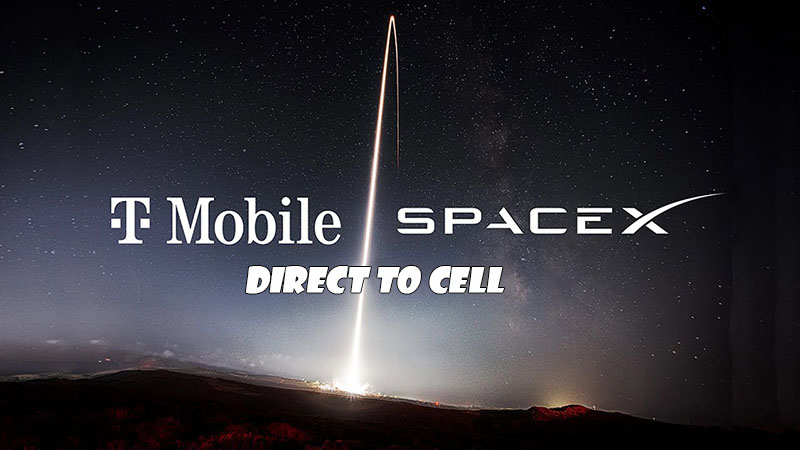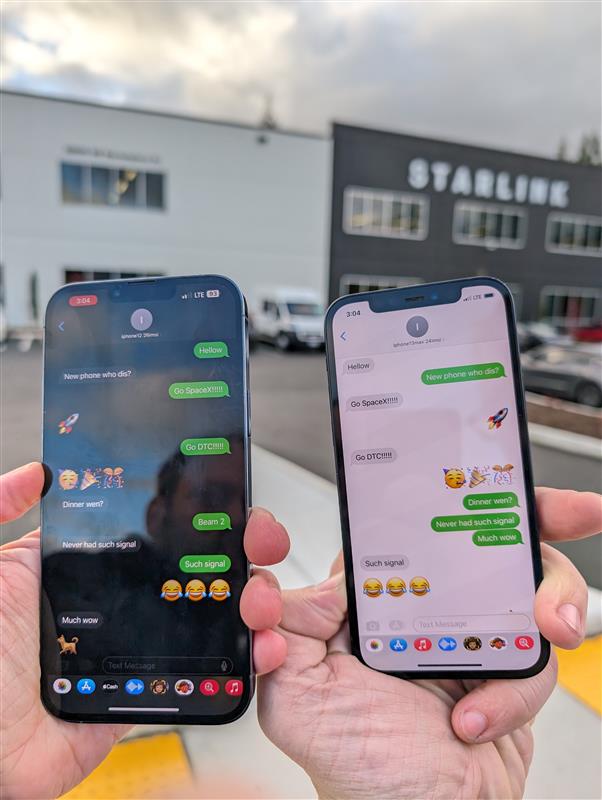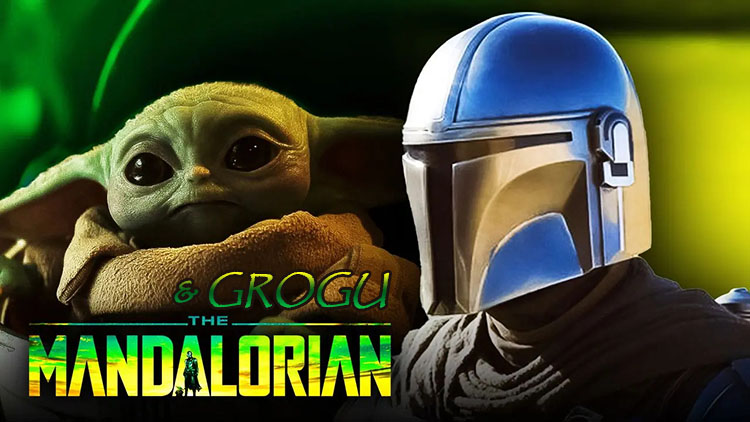
Elon Musk’s space technologies company, SpaceX, announced that its recently launched new Starlink direct-to-cell satellites were used to send text messages for the first time and that the communication was successful. In its update on Wednesday, January 10, the company announced that the first successful messaging took place just six days after the six Starlink spacecraft were launched aboard the Falcon 9 rocket from California’s Vandenberg Space Force Base.
You can see the photo of the first direct to cell messaging phones and related messaging just below.

“Starlink satellites with Direct to Cell capabilities provide ubiquitous access to messaging, calling and navigation no matter where you are on land, lakes or coastal waters. Direct to Cell will also connect IoT devices with common LTE standards.”
Starlink Statement on the Subject!
Starlink announced the first satellite-to-device messaging on its official website as follows;
On Monday, January 8th, the Starlink team successfully sent and received our first text messages using T-Mobile network spectrum via one of our new Direct to Cell satellites launched six days ago.
Connecting mobile phones to satellites has many significant challenges to overcome. For example, in terrestrial networks, cell towers are stationary, but in satellite networks they move at tens of thousands of miles per hour relative to users on Earth. This requires seamless transmission between satellites and accommodations for factors such as Doppler shift and timing delays, which create difficulties in phone-to-space communications. It is also incredibly difficult for mobile phones to connect to satellites hundreds of kilometers away, given the low antenna gain and transmission power of the mobile phone.
Starlink satellites with Direct to Cell payloads are equipped with innovative new custom silicon, phased array antennas, and advanced software algorithms that overcome these challenges and provide standard LTE service to mobile phones on the ground.
As a global leader in rocket and satellite launch and manufacturing, SpaceX is uniquely positioned to rapidly scale our Direct to Cell network and will rapidly launch a constellation of hundreds of satellites in 2024 to enable text service as well as voice, data and the Internet of Things.
As you can understand from the relevant announcement, SpaceX explains that it aims to launch satellite-based text messaging in 2024 and plans to expand voice and text support in 2025. The service will also offer cellular connectivity to IoT devices in 2025. The service will offer seamless access to text, voice and data from anywhere with a clear view of the sky with LTE phones, without the need for any hardware, firmware changes or special applications to work with existing devices.
However, the realization of SpaceX’s plans depends on approval from the FCC (Federal Communications Commission). The company is actively seeking approval from the FCC to use the necessary radio bands. But there are some delays here due to opposition from competitors. If this problem is solved, we will witness a new transformation for the mobile world!
https://direct.starlink.com/
This article has been automatically translated with Google Translate. Original Post.









Yorum Yaz